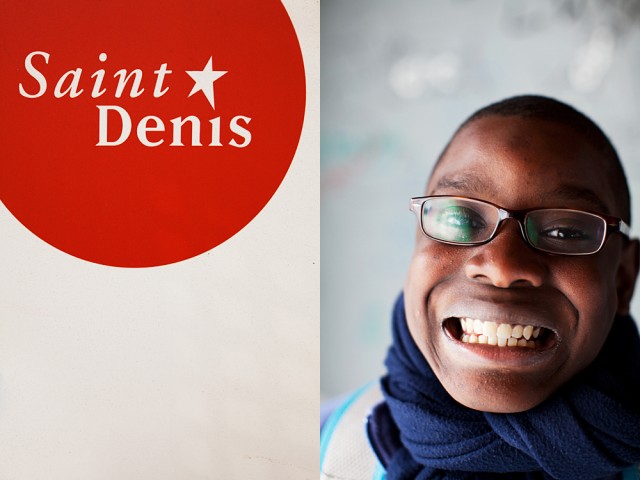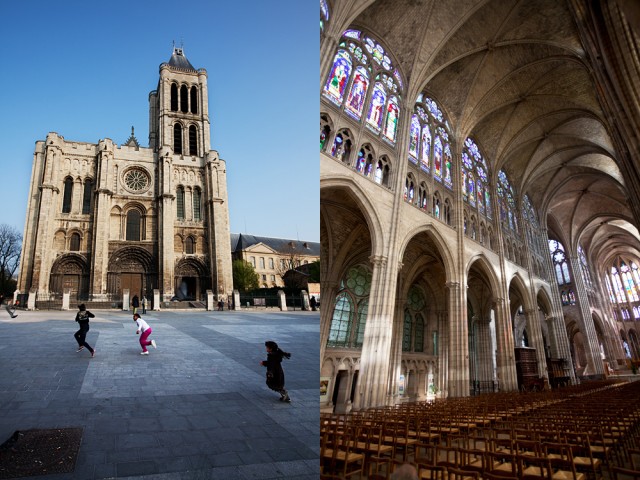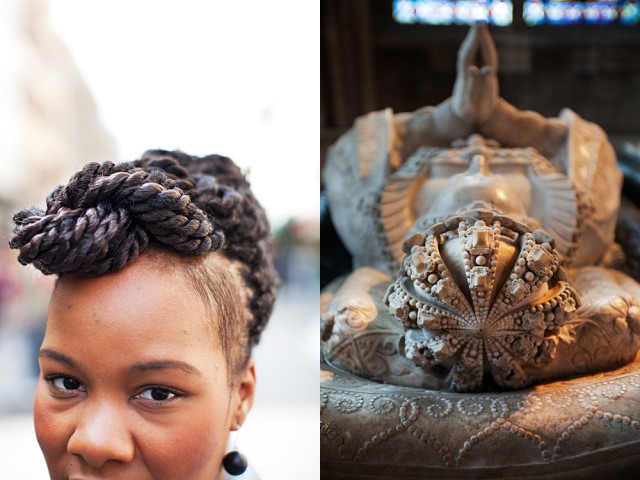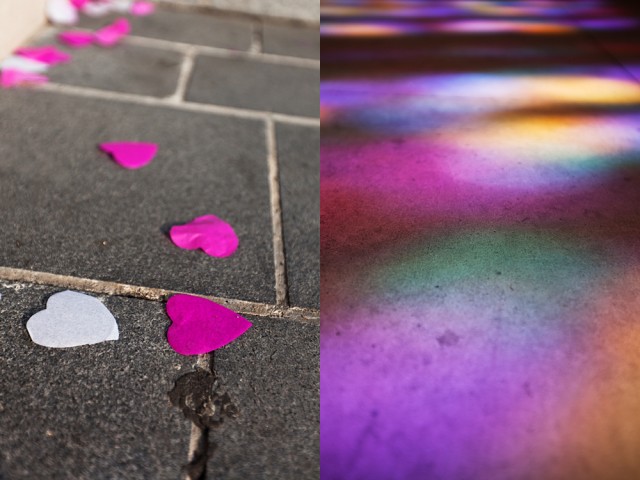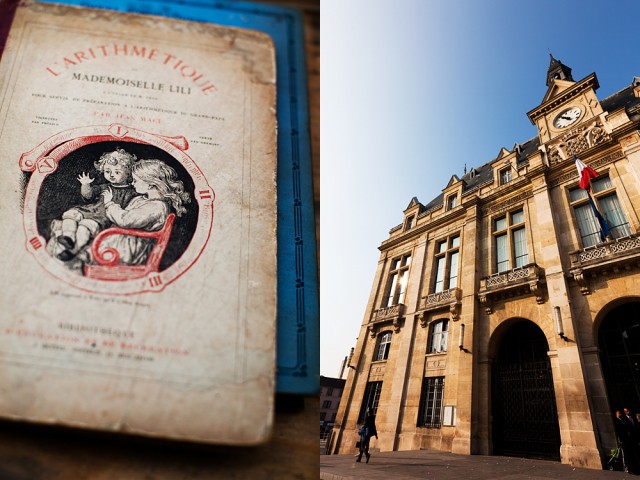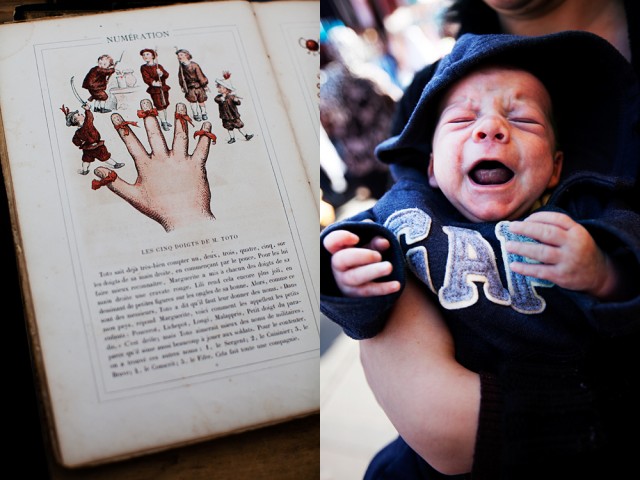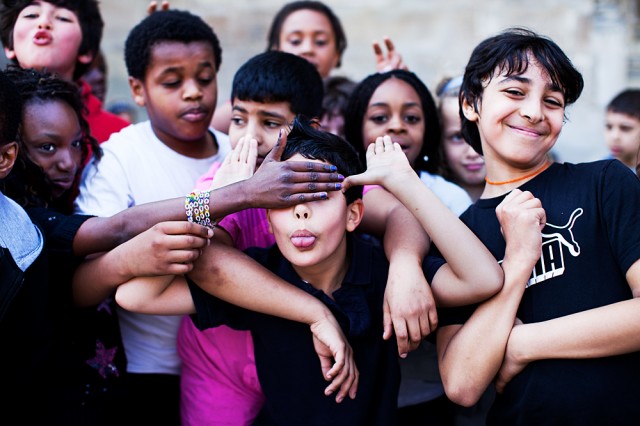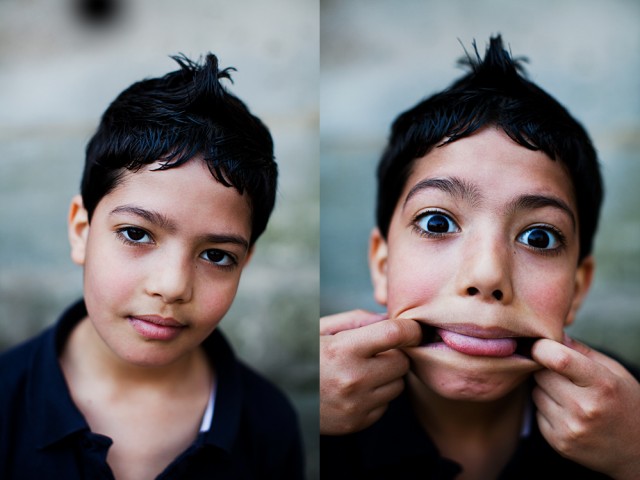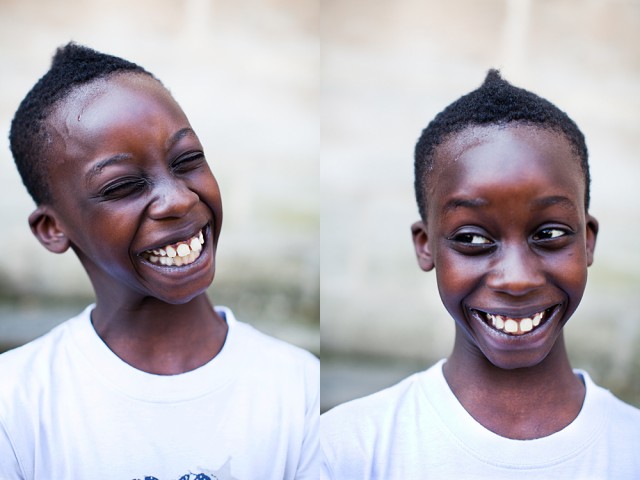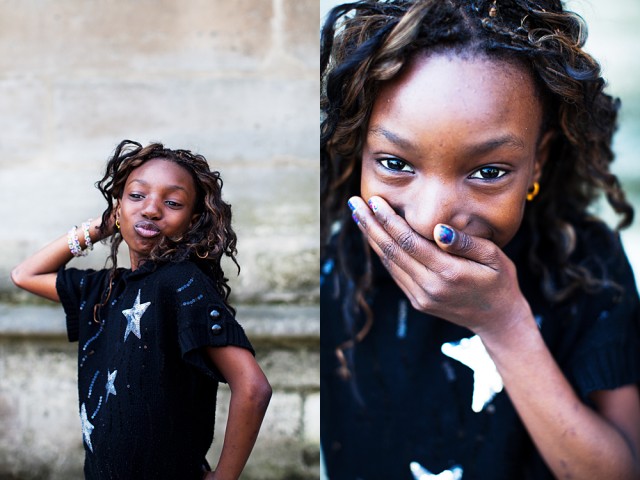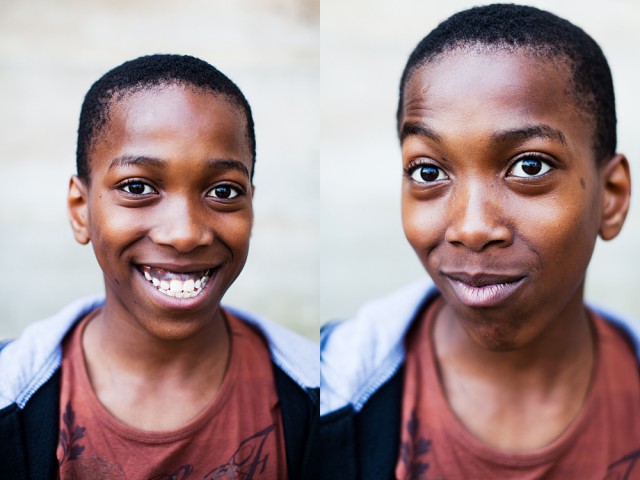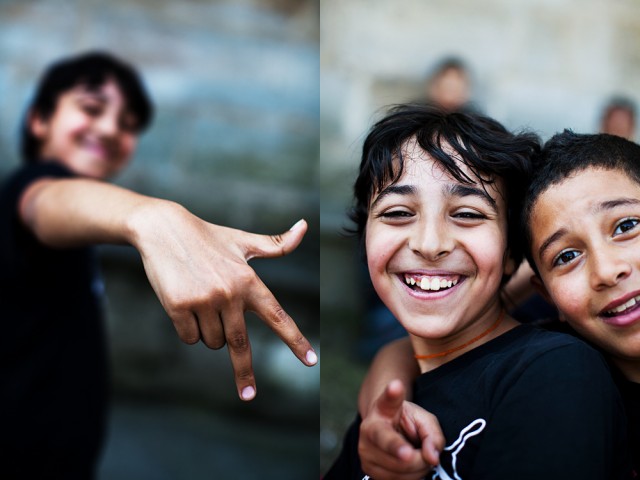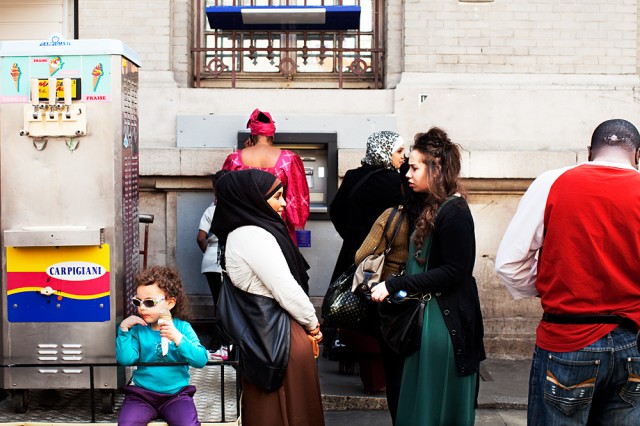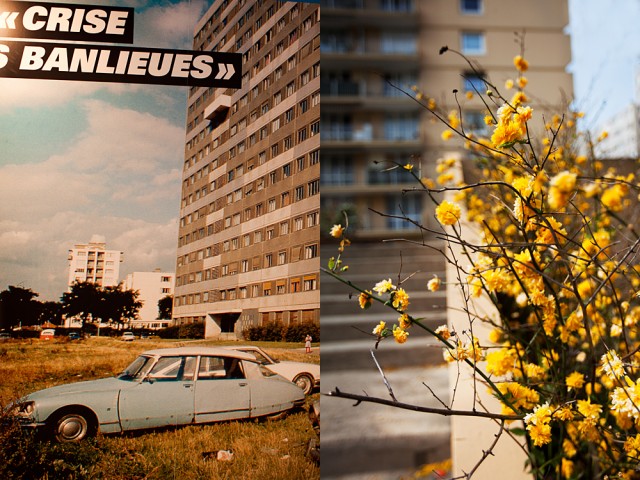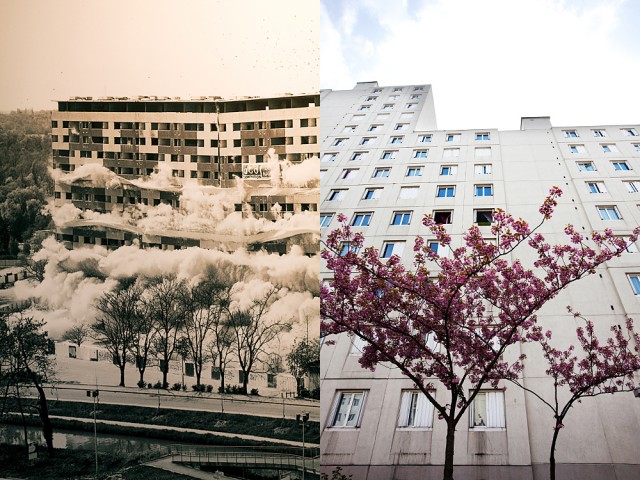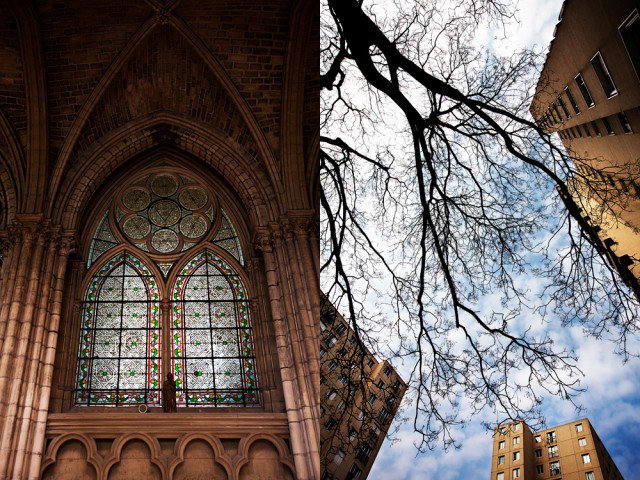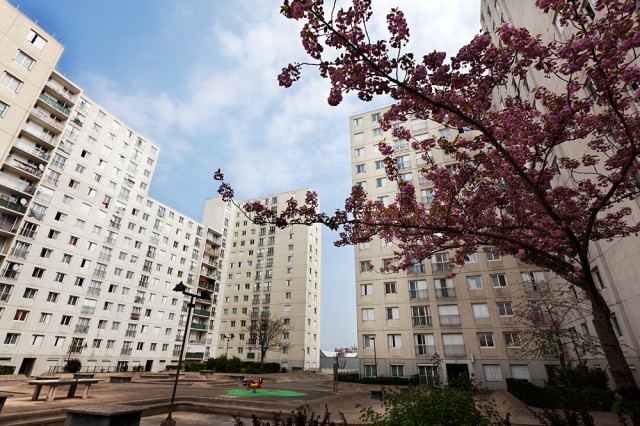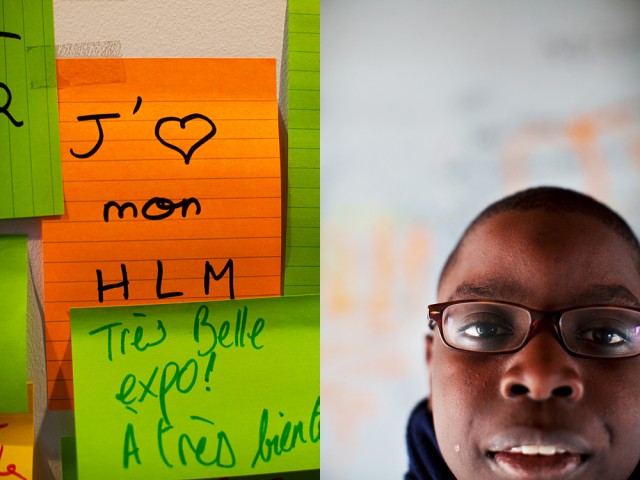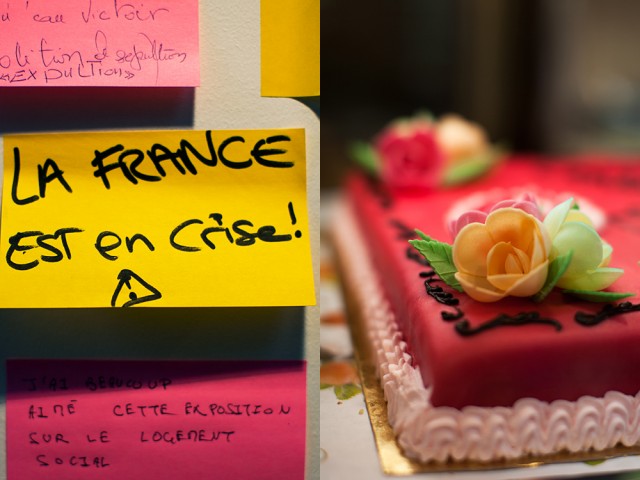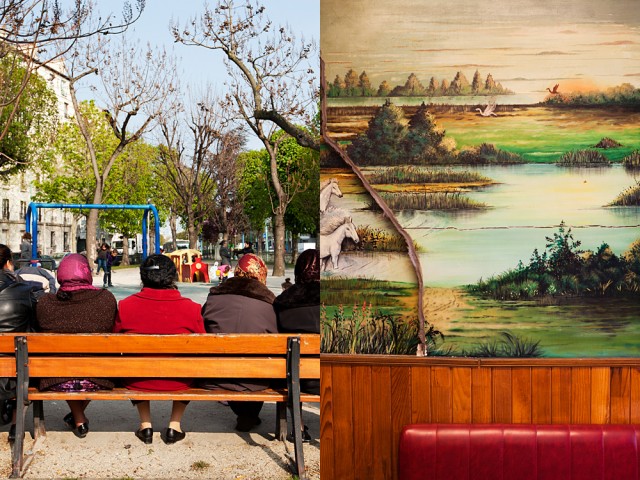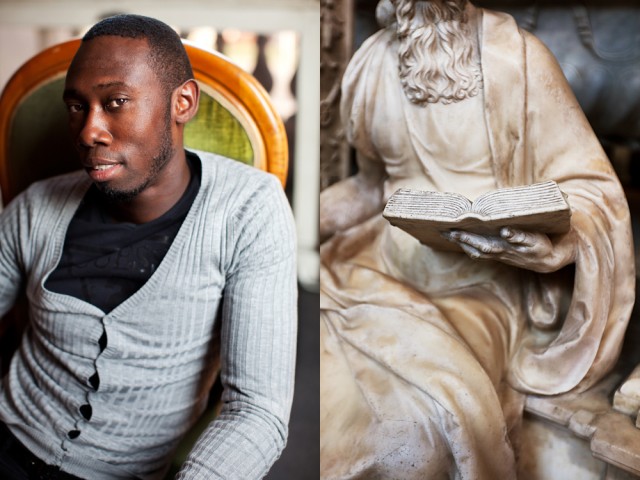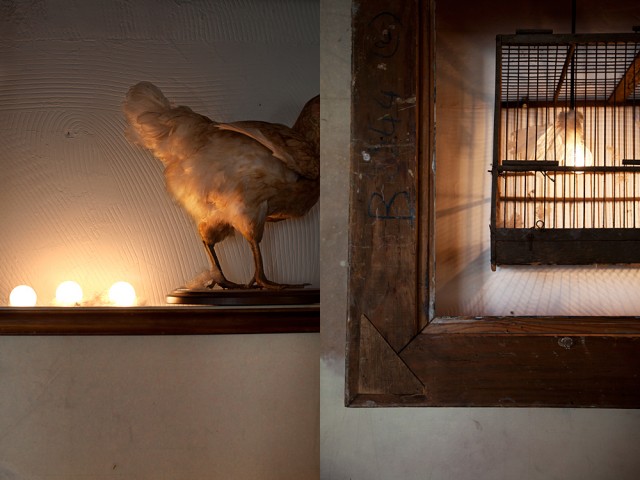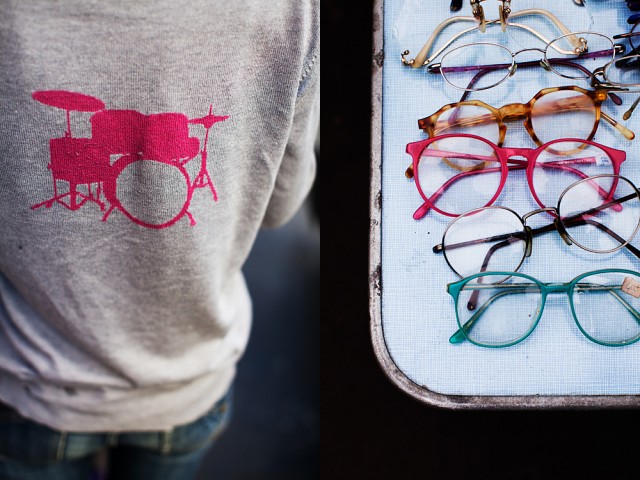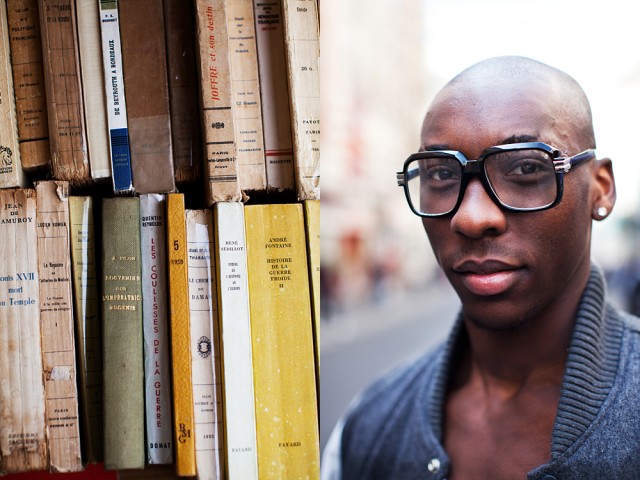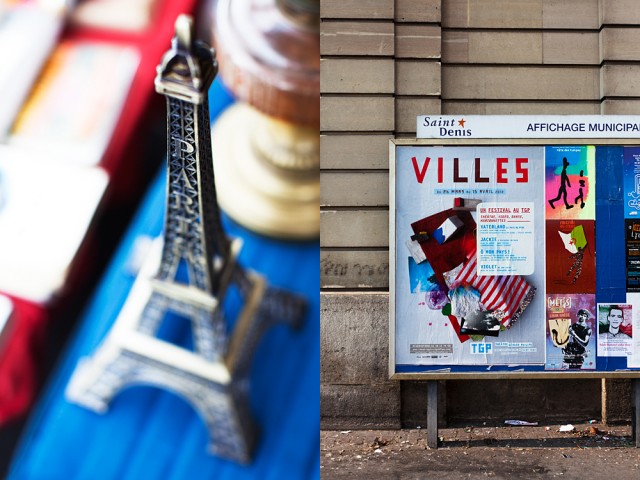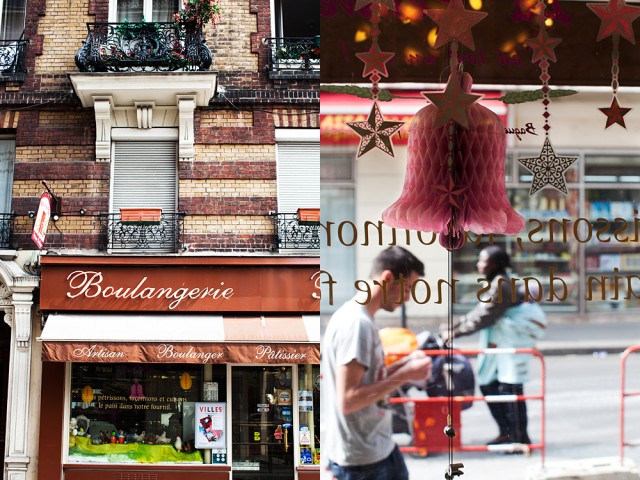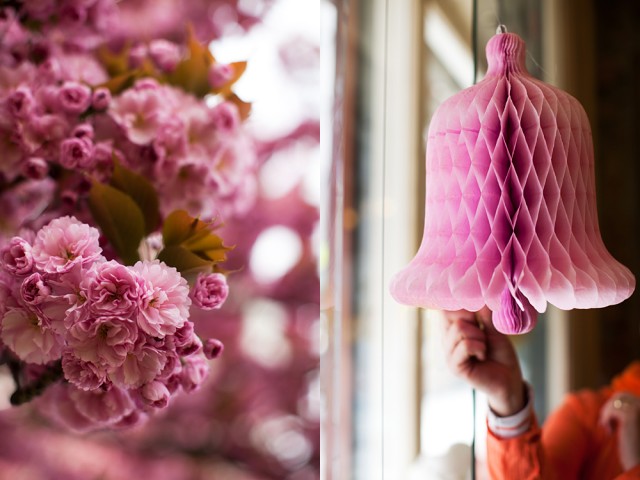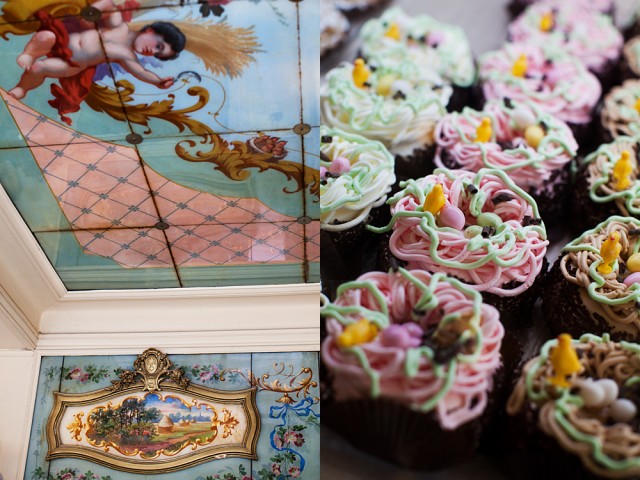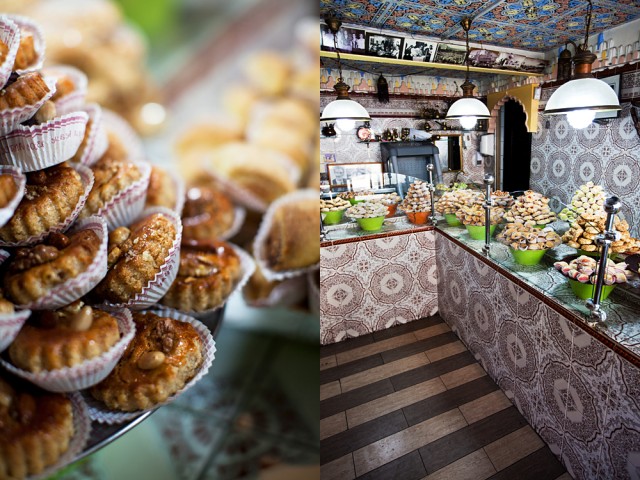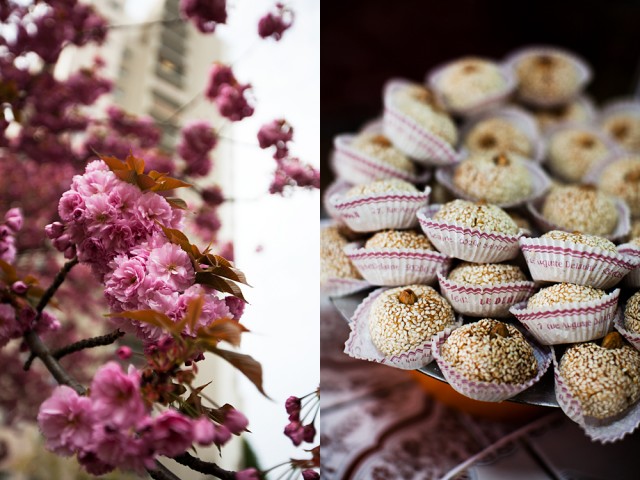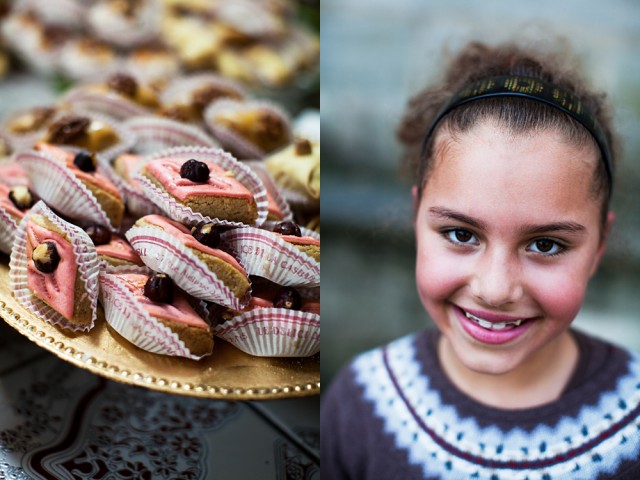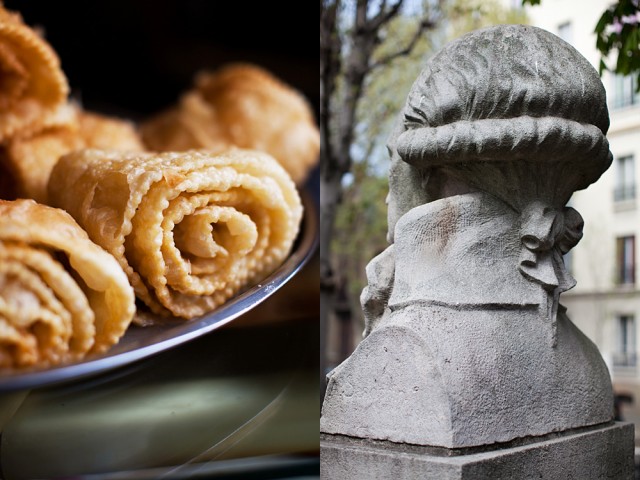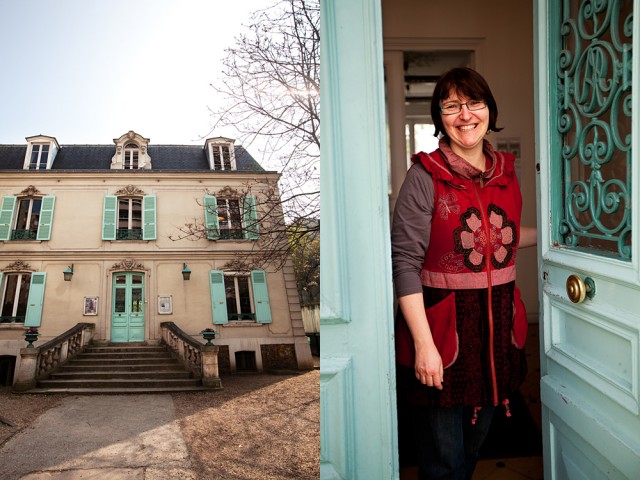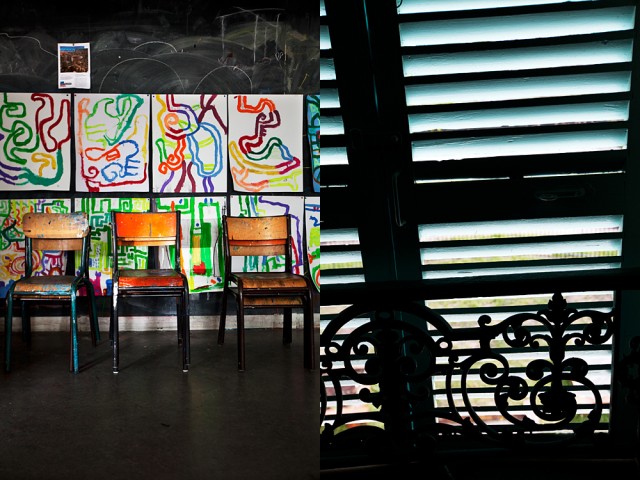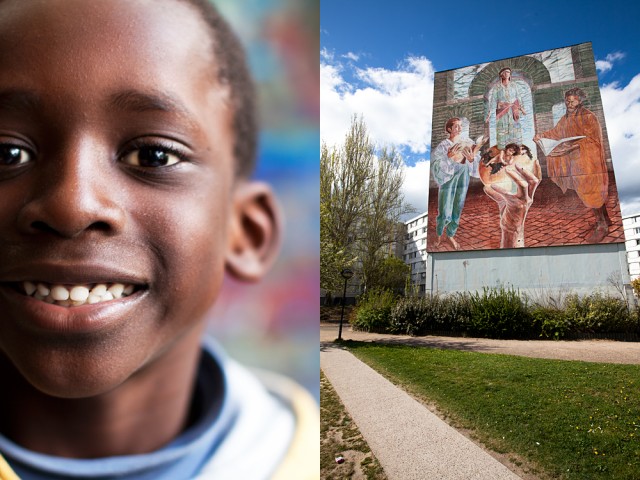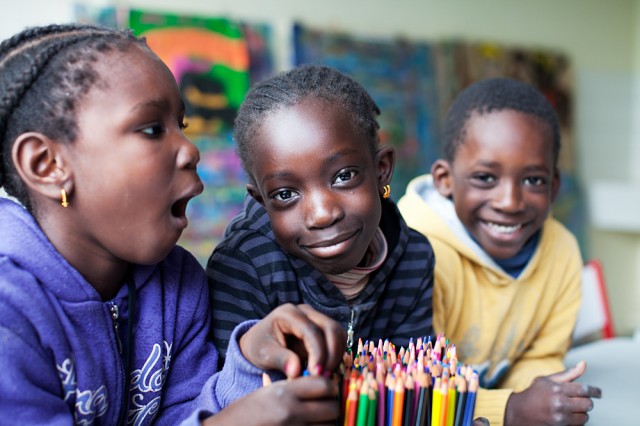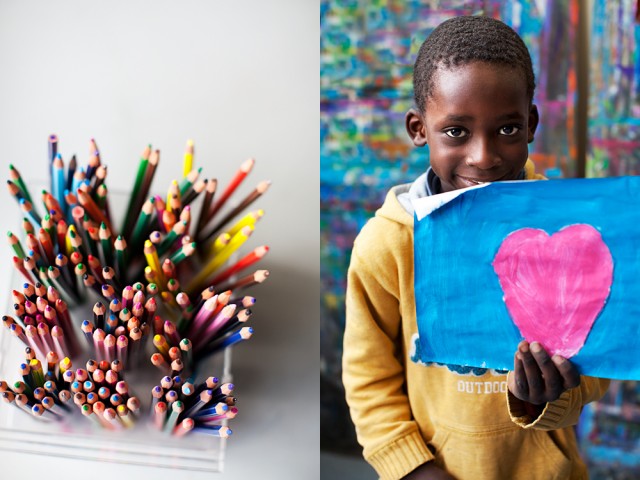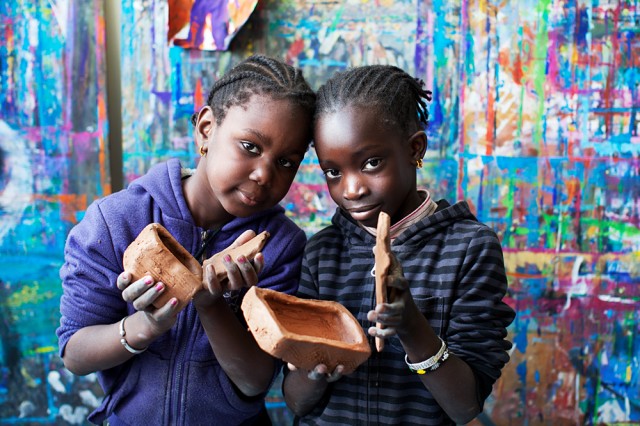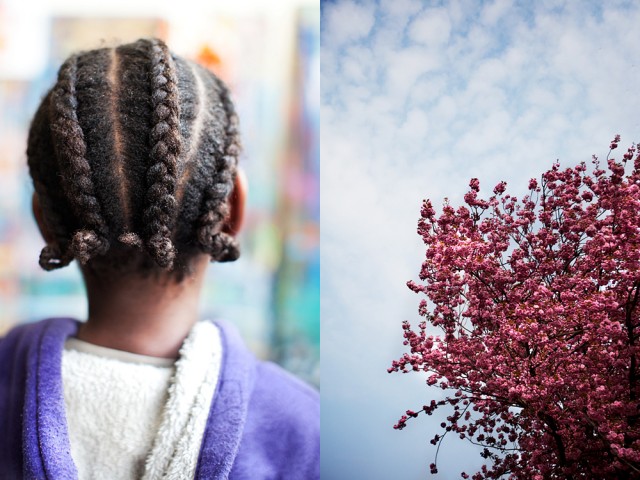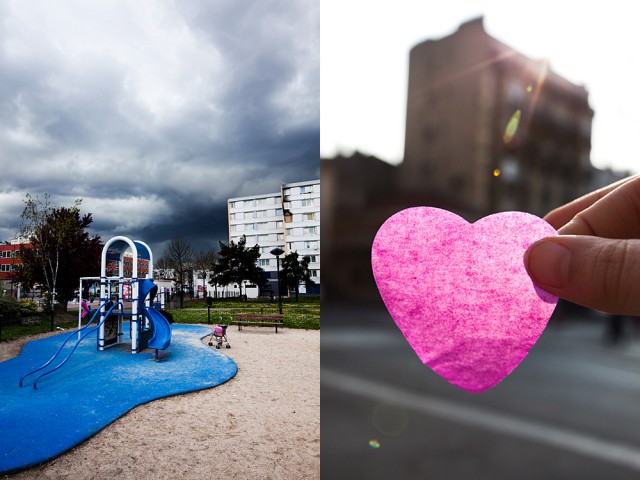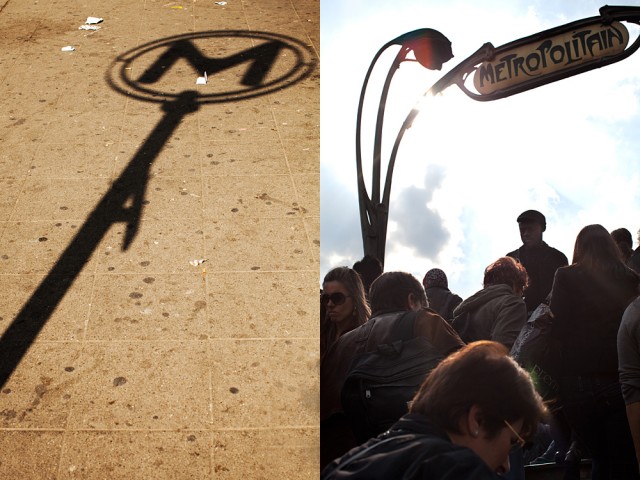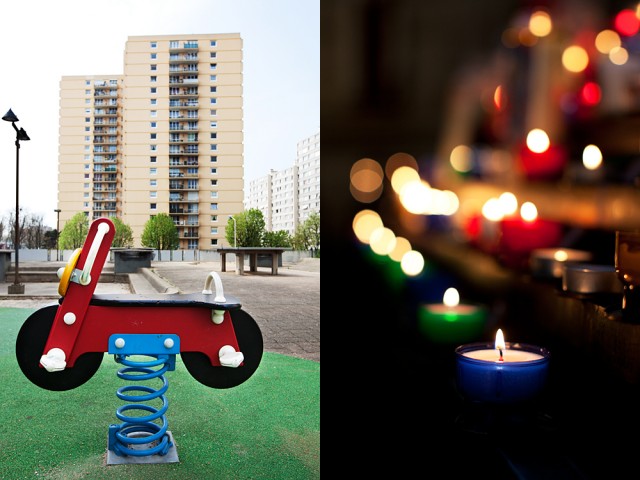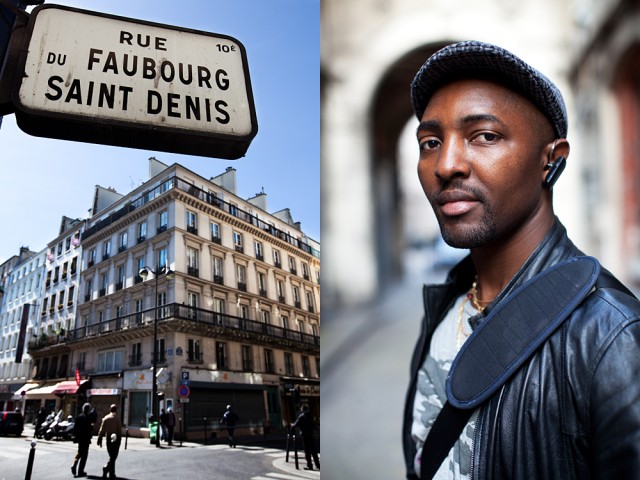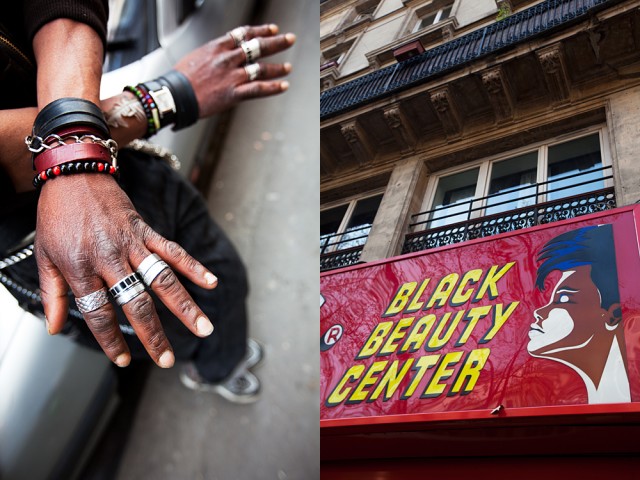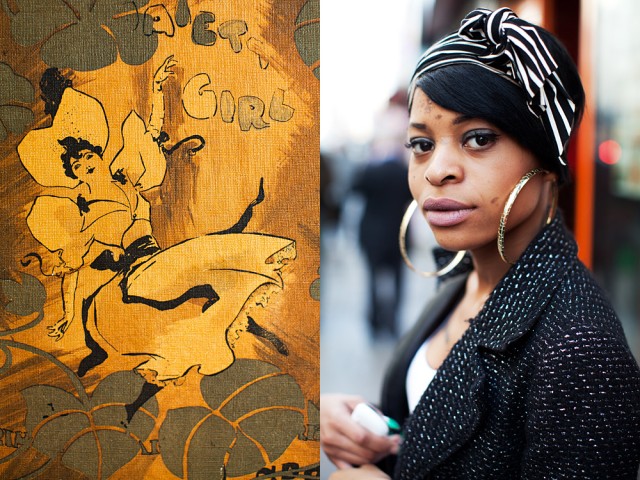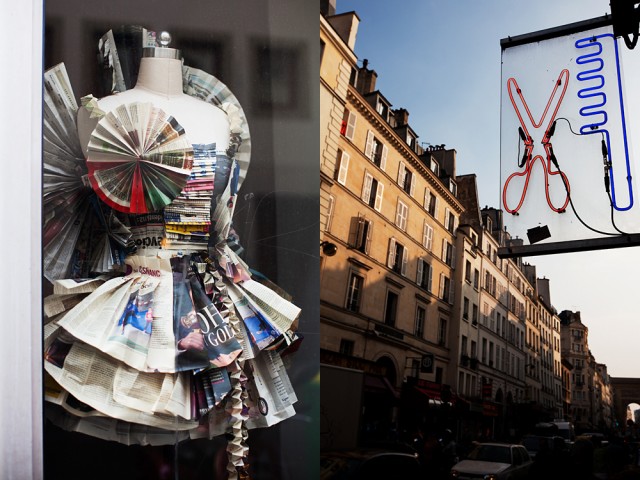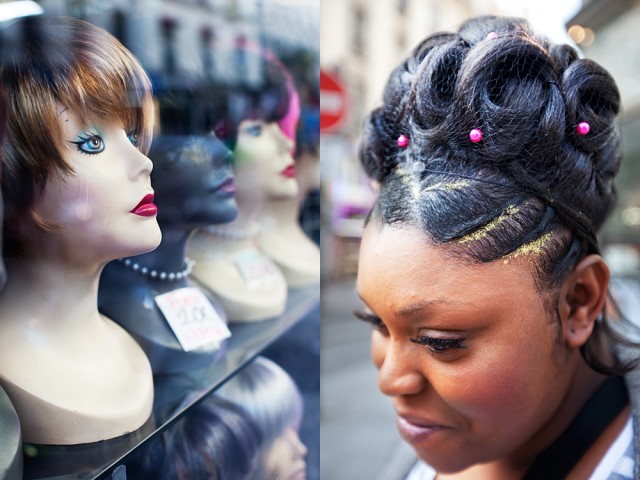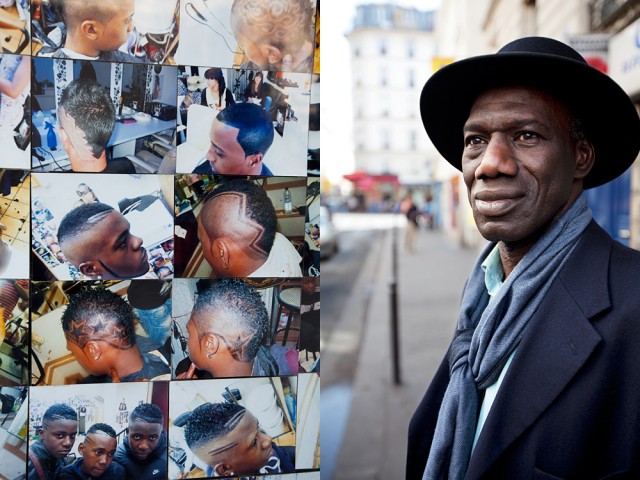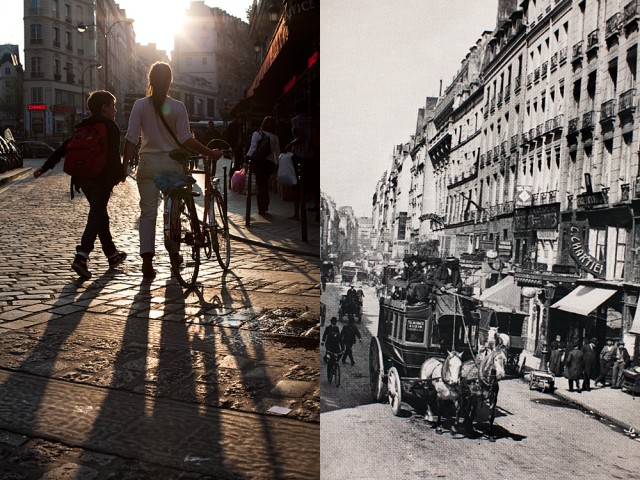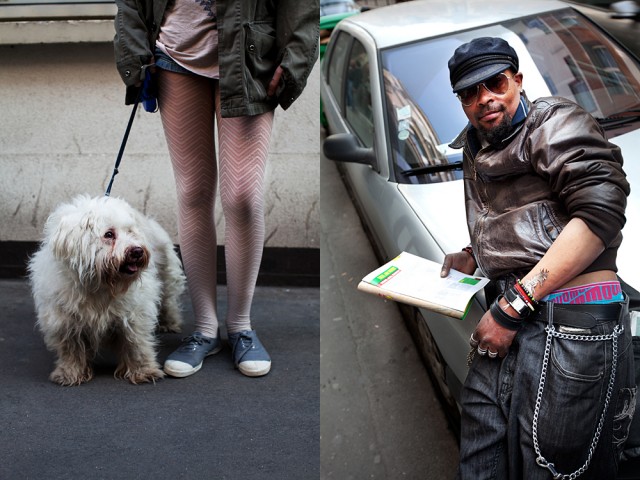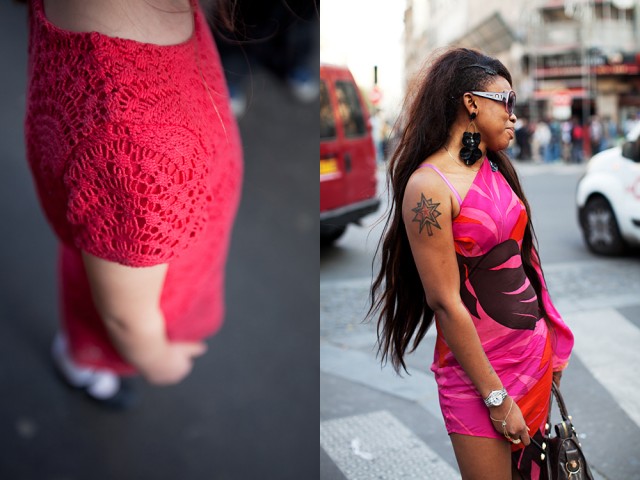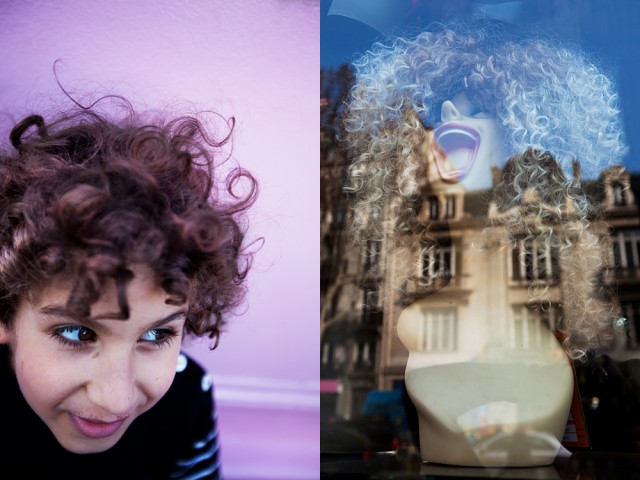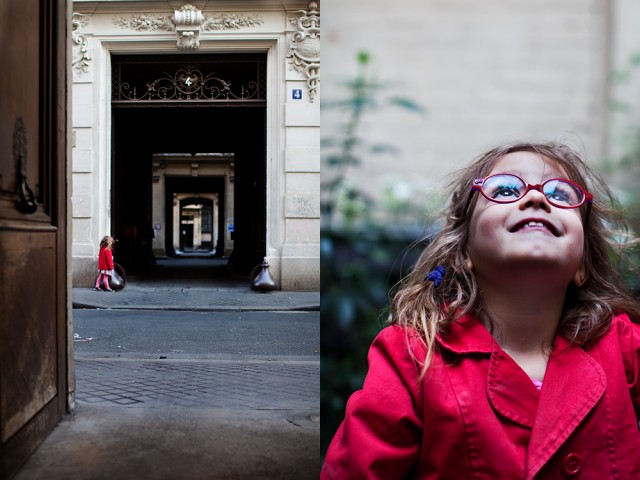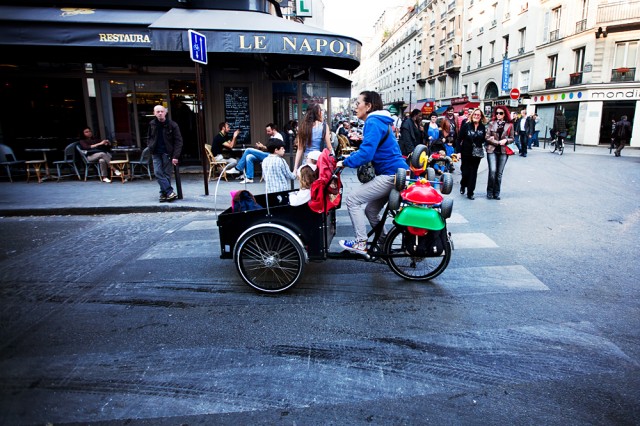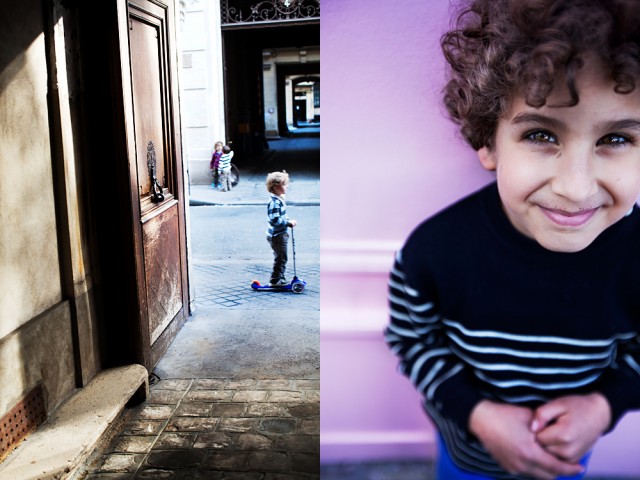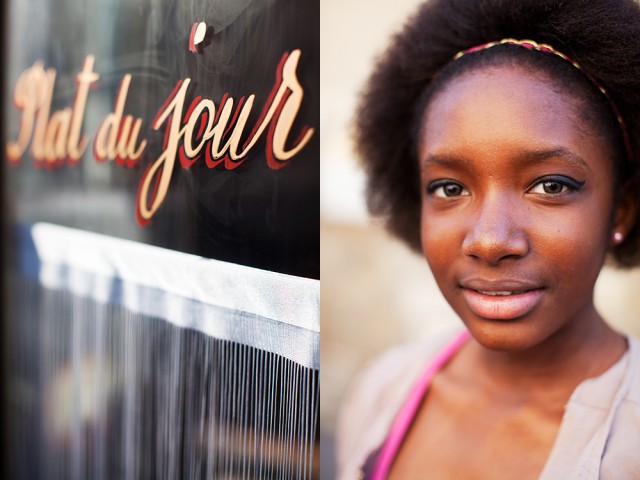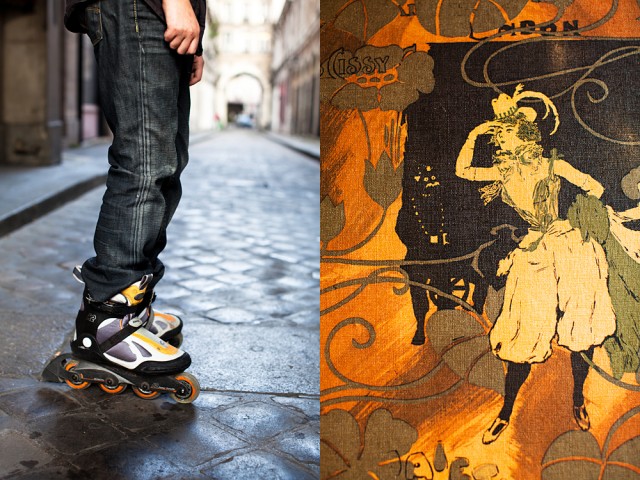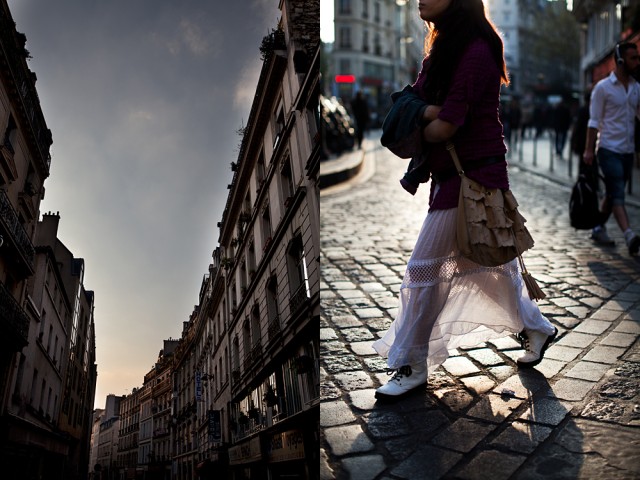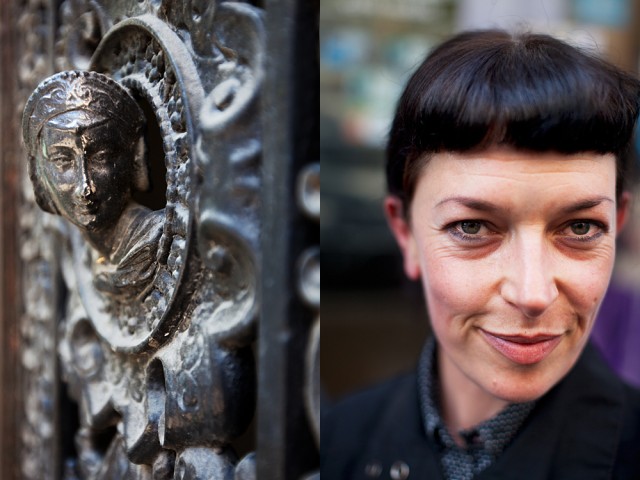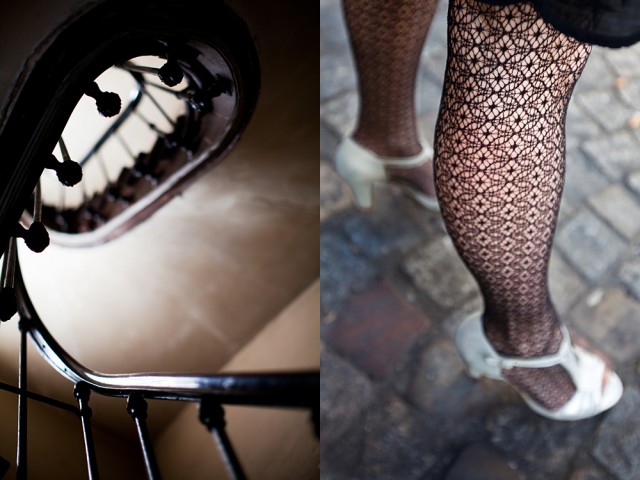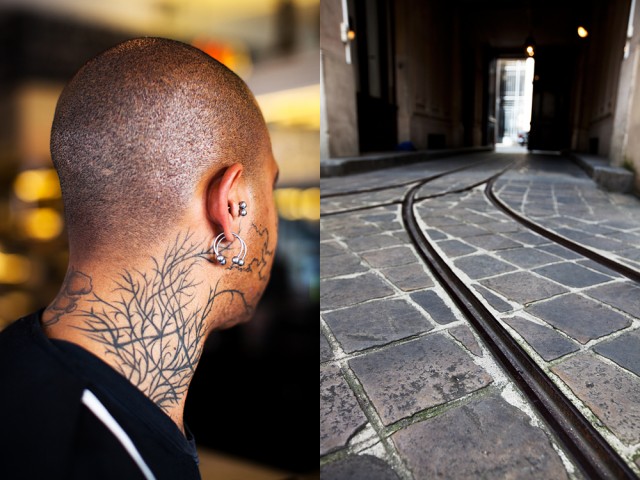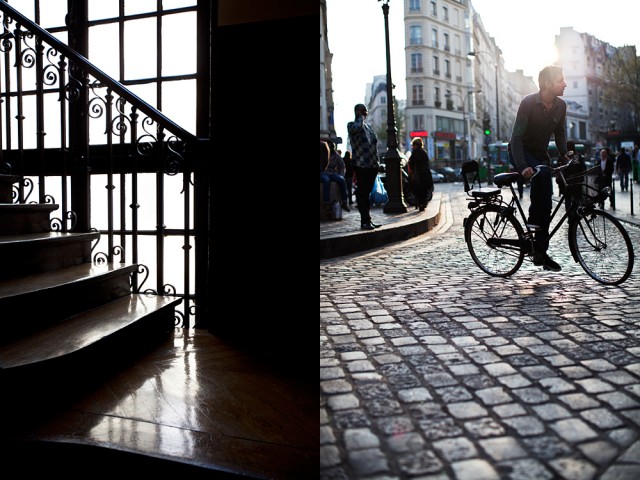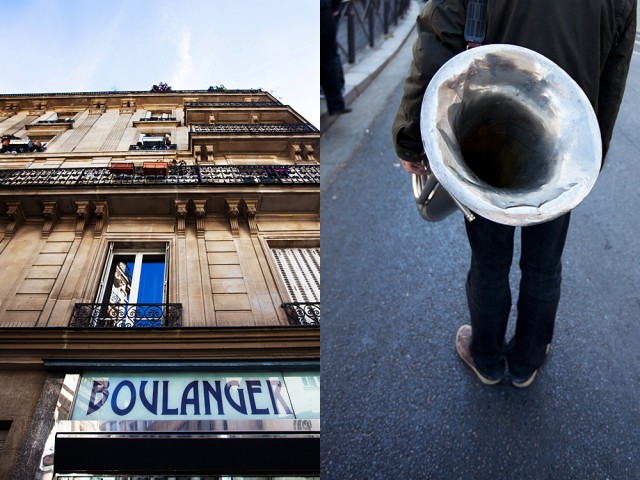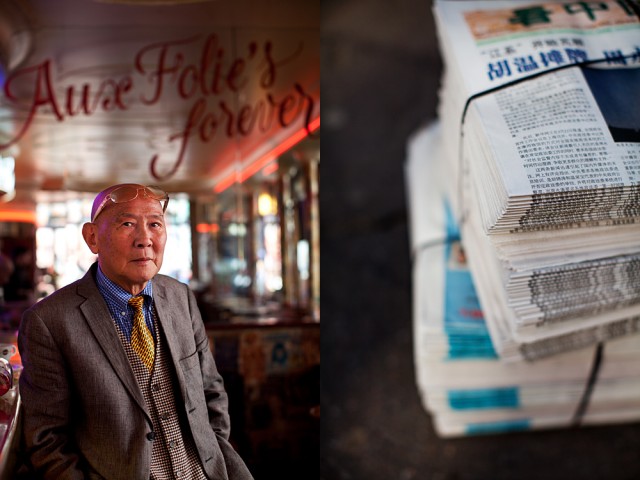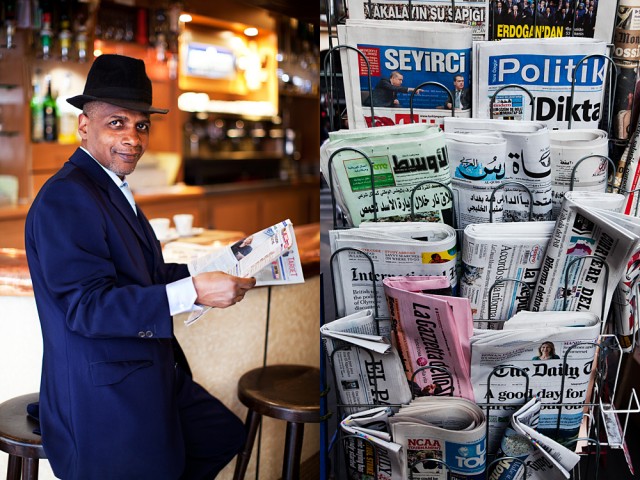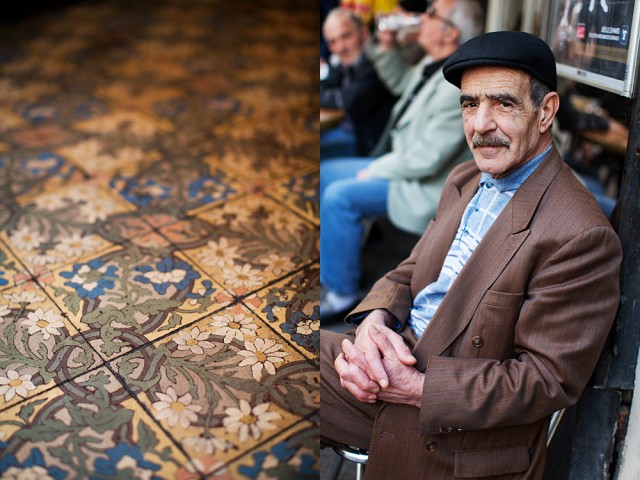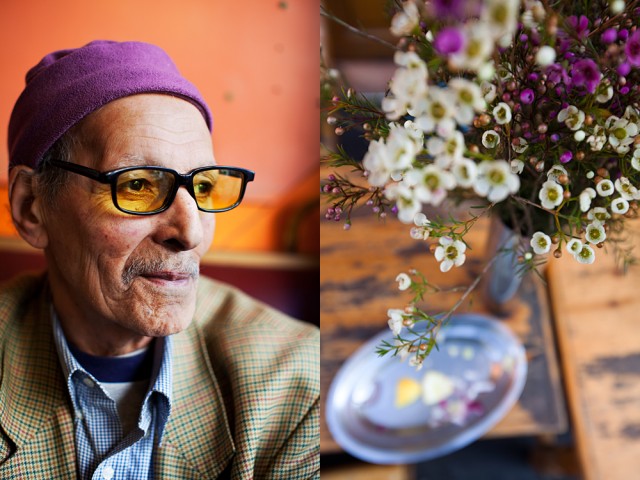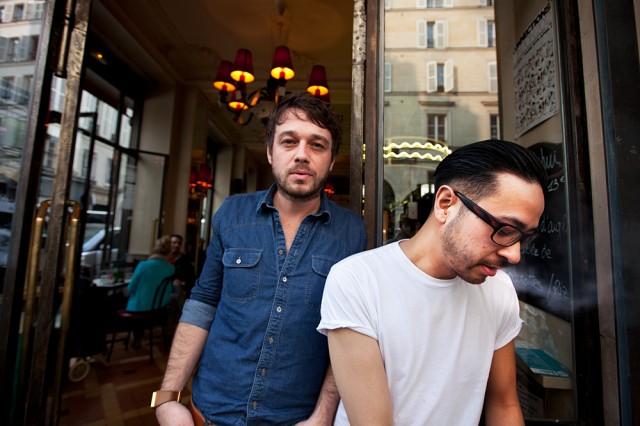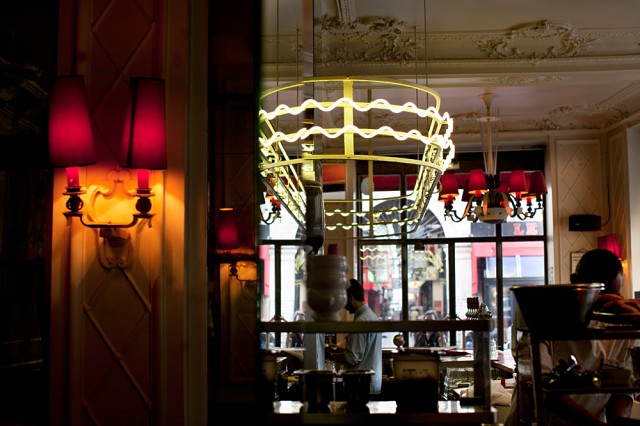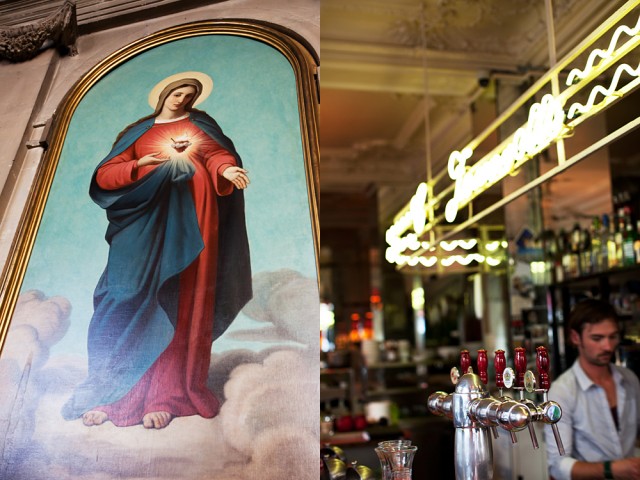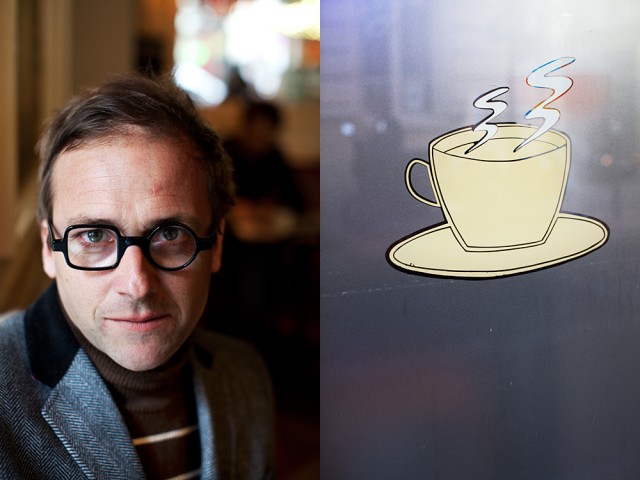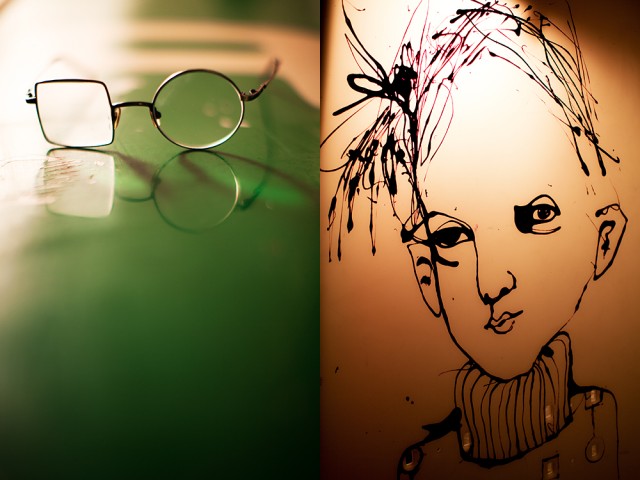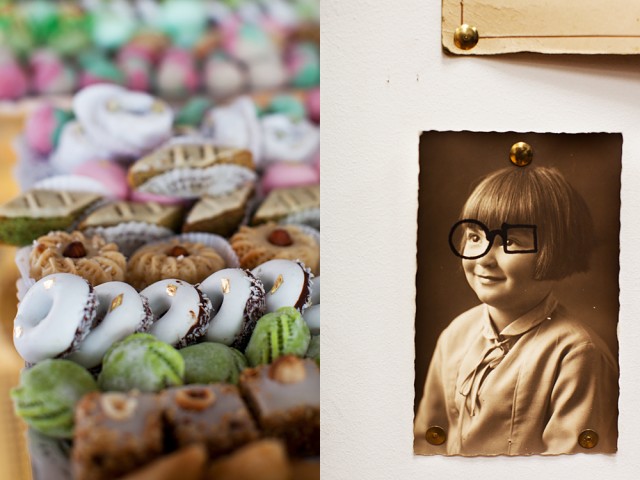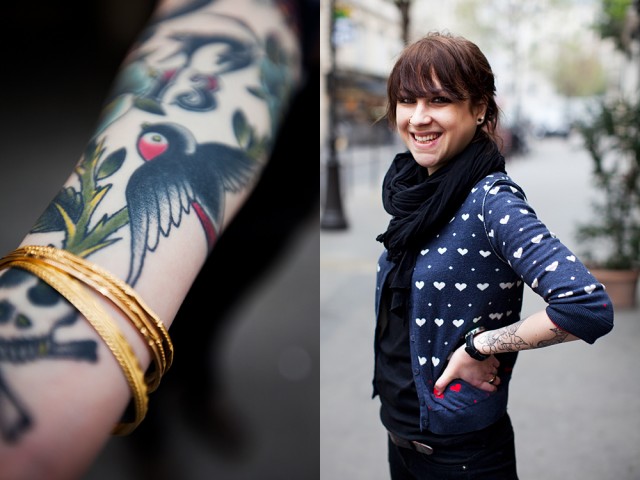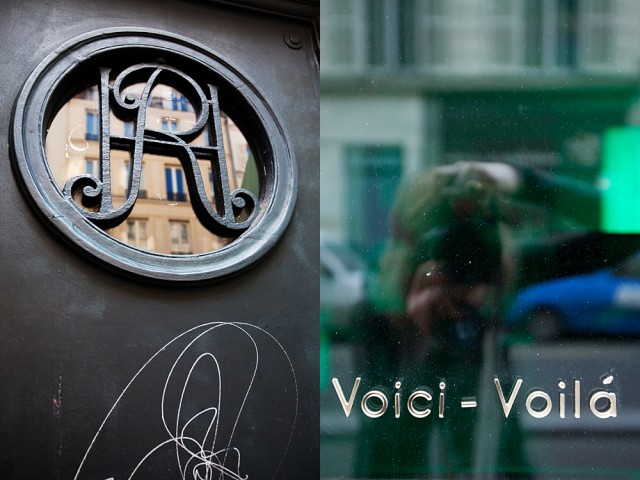Apologies for the late post but I decided to take the advice of many on this blog and catch my breath. After one attempt at sight-seeing (Eiffel Tower) Coco and I retreated out of the rain and cold, and did nothing over Easter but eat macarons and sleep.
Ironically, having now missed a week, I feel far more relaxed about it – my first project ran over time so this one is bound to as well. As long as it doesn’t run over too long, I surrender to the inevitable.
So, to this week’s suburb – and a ‘real’ suburb at that. Having last explored the neighbourhood around Faubourg Saint Denis, I thought it would be interesting to follow up with another Saint Denis. Same saint, different address.
Very different in fact. Because Saint Denis is one of the much maligned Northern suburbs – banlieues – of Paris. Not quite riot territory (2005) but not far from it. I expected that people would warn me off it and they did. But others I asked were far more neutral – yes, there were problems there but no, I wasn’t likely to be knifed. Pickpocketed maybe but not knifed.
So, hide your jewels and on y va Saint Denis!
Part 1: The saintly side of Saint Denis
Despite its reputation, some tourists do in fact venture ‘all the way’ (10 km from the city centre) out to Saint Denis. Because in the midst of all the apparent horror lies the beautiful Basilica of Saint Denis. Gothic and old (10th century), it’s the burial site of 43 kings and 32 queens. You see a few adventurous souls hop off the metro and make a beeline directly to the church before scuttling back, warnings not to dally no doubt ringing in their ears.
The Basilica is lovely but what impressed me more was the general environment around it. From what I’d heard Saint Denis was dirty and pretty crap so I wasn’t expecting much. Instead I found a generous town square with a beautiful mairie (town hall) on one side, the Basilica on another and a handful of charming cafes facing both. On the days I visited that were sunny, older kids raced around the square, on foot or bike, while little ones whizzed around on an amusement ride. Twice I found markets nearby the square, general and flea, the latter complete with wonderful old books.
This was more South of France than scary suburb, and far from feeling uptight, I felt my shoulders drop. After weeks of intense Paris, here was space to breath.
My initial impression of Saint Denis as somewhere thoroughly pleasant was also helped by the fact that the first people I met were a delightfully rambunctious group of school kids on an outing to see the Basilica. Although they were from the Stalingrad area in Paris, their teachers told me they had similar backgrounds to kids in Saint Denis, and as a result were sometimes challenging but never boring.
Part 2: Beyond the Basilica
Leaving the town square, I braved the main street, rue de la République. I say braved because this of all the areas I explored was the one the locals told me to avoid. I’d stop somewhere and someone would say in hushed tones, you shouldn’t be carrying that camera around here, it’s dangerous. Or, ‘No, Saint Denis is fine – but don’t walk down the main street, it’s… dangerous.’
Aside from one incident when a bunch of police cars screamed up the road to man-handle some dude into a van while shouting to the crowd, ‘Regarde!’, by which I think they meant, ‘Let that be a lesson to you!’ but can’t be sure, nothing much happened. La vie ordinaire.
On another visit, I headed west of rue de la République to find the public housing blocks you hear so much about. Just prior to doing that I popped my head in to see a local exhibition, ‘Cent ans de logement social‘, ‘100 years of public housing’. It was all in French but from what I could understand, things had improved but they were still far from rosy. The worst HLMs had been demolished and replaced with smaller, more humane apartment blocks, but many still remain. As do their problems.
HLMs – Habitation de Loyer Modéré (House at Moderate Rent) – were built to house a largely immigrant population, needed to work in the factories during France’s great industrial boom in the 1950s-70s. While the boom ended, the people stayed. The result? An unhappy trio of unemployment, crime and drugs. And a fondness for setting cars on fire. At least that’s what you read. I wanted to see for myself.
I was shocked by my visit to the HLMs, but not in the way you’d expect. They were remarkably unremarkable. Quiet, clean with just a smattering of graffiti here and there. And the two young residents I ran into, Chris and Stephen, were more than happy to be photographed and very sweet. I asked them, what was it like living here, did they like their home. “Oui, bien sur”, yes, of course, they replied.
I later learned that I’d merely chanced on a better group of public housing and that other areas really did have issues.
But then youth unemployment, crime and drugs are the same problems much of France faces. Hence the comment left at the exhibition – it’s not just the disadvantaged banlieues, “La France est en crise!” It will be interesting to see how this plays out at the presidential elections in two weeks time.
Part 3: Green and cultured
In spite of the social problems, Saint Denis has a lot going for it. Sure it has its HLMs but it’s also blessed with lovely centuries old buildings, as well as being green – and clean. And on top of that, Saint Denis has culture, by the bucket load. A thriving theatre scene, jazz festival (ends today), classical music concerts, a delightful art school – and if anyone reading this is in Paris and has nothing to do this weekend, une fete des tulipes, a festival of tulips. Suffice it to say, its Saison Culturelle booklet for spring and summer is a chunky number.
Part 3: The sweet life
It’s sweet tooth heaven in Saint Denis, from the 100 year old Boulangerie/Patissier, to the more recent ‘Oriental’ arrivals.
Part 4: The art of living in Saint Denis
On another visit, I took Coco with me and we stumbled on a beautiful old house that looked like it had been plucked out of the French countryside and plonked in Saint Denis. We stuck our heads in the door to see what or whom lived there to find Peggy, a lovely French woman with a very unFrench name.
The house turned out to be the ‘Ecole d’arts Plastiques‘, a school of visual art for children and teens, and Peggy, its director.
While she insists she doesn’t speak good English, it was more than sufficient to allow us to have an in-depth discussion about all manner of stuff, from the unjustified bad rap that Saint Denis gets to the positive role art can play in a child’s life.
What was also interesting to hear was that Peggy doesn’t consider she lives in Paris. She lives in Saint Denis, an altogether different place – despite the fact just 10 km separates the two. And she’s not alone; many teens who live here have never been to Paris. Ever.
It was Peggy who enlightened me about the fact that I’d only seen the better HLMs and that, yes, there were worse areas with real problems. Did I want to meet her when she was visiting another branch of the art school in one of those worse areas? Oui, bien sur!
And that’s how Coco and I ended up in the Franc-Moisin/Bel-Air quartier of Saint Denis. Looks can be deceiving but again, from the outside at least, it all seemed pretty benign. And it just so happened that when we visited the art school, three of the sweetest kids from the neighbourhood were happily moulding clay into pots before patiently lining up to have their photos taken. I had visions of what the place might be like before I arrived and I have to say, a perfect picture of domestic-creative-happy bliss was not one of them.
The kids were just delightful as were the two art teachers in there helping them with their work. But the fact is, they’re kids still, not yet at the more challenging teen age. Peggy mentioned the drug problem and the challenges of having such a different culture exist within the French one. Almost as a reminder that not everything is a walk in the park in Saint Denis, the sun had disappeared by the time we left, and in its place, a dark and threatening sky.
Still, as I said before, many of the problems at Saint Denis exist elsewhere throughout France. Aside from them, the suburb has so much that’s positive, things you’ll never hear about on the 7pm news.
For one thing, they have Peggy, a beautiful soul who’s passionate about art, kids and the place she calls home. After thanking her for giving us a deeper insight into another side of Saint Denis, Coco and I hit the metro and headed back to Paris. A whole different place indeed.
The Wrap
Will Saint Denis ever make it onto the average tourist’s ‘Must See’ list? I doubt it when there is so much on offer in Paris proper. But then, as much as I’d like to see the place prosper, I wouldn’t want it to be. A whole load of tourists roaming rue de la République would ruin it for sure.
On the ‘home front’
I feel like I’ve walked more than I have in my entire life since I posted last. After turning many corners, I’ve turned my own corner – I like Paris! I don’t know, maybe it was the macarons from Laduree (disinterested until I popped one in ma bouche). Or the metro (you could spend a year doing that as a project in itself). Or the people – I get them now – they’re quirky in an entirely new and fascinating way. Or maybe just having some time to myself and then a break from the uber-urban in Saint Denis.
Whatever it was, I’m starting to understand what all the fuss is about. Paris, and its suburbs (well, the one I’ve visited anyway) are indeed tres bien. Or is that tres bon?
—
This suburb has been brought to you by Richard Hawson and Gerry Roubin
—
A favour to ask before I go. One of our cats, Jinx, has gone missing from our friend’s place in Maroubra. I haven’t told Coco yet as I know she’ll be devastated. I don’t usually go in for this sort of thing but I’m so sad about it, I’ll try anything: Could I ask you to just close your eyes and say to yourself, ‘Go home Jinx’. I know, kooky, but maybe, just maybe the power of positive thinking will drive the little guy home. Merci beaucoup.
See you next Friday.
